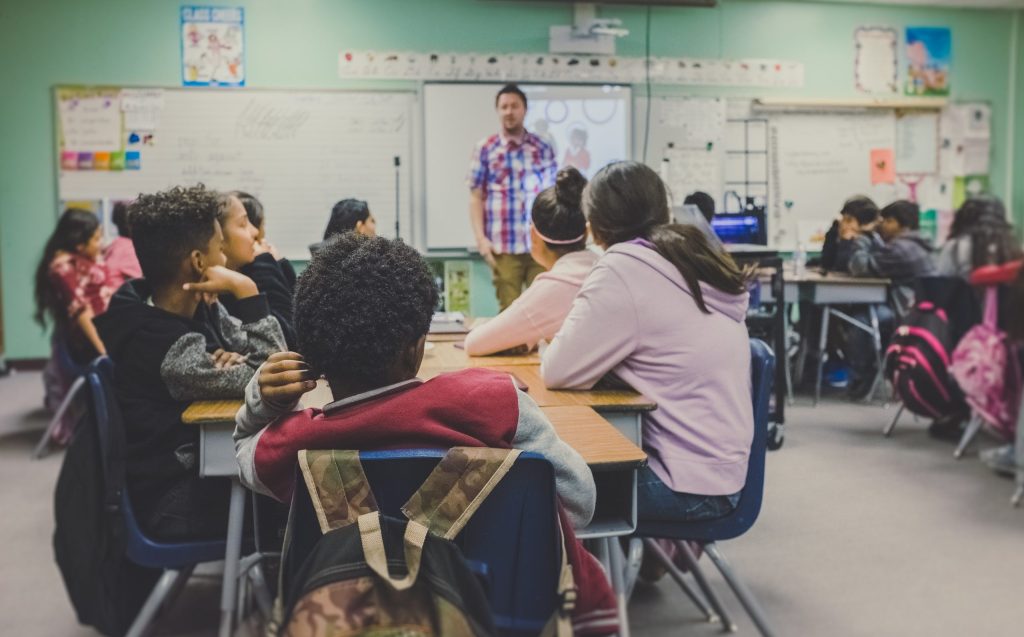Nocturnal animals are up during the night and sleep during the day. Animals active during the day and sleep at night are known daily – the opposite of nocturnal.
Nocturnal animals tend to have increased senses due to their activity in the dark. To survive, nocturnal animals tend to have a more highly developed sense of smell, sight, and hearing.
Why are some animals nocturnal? There are various theories for how animals became nocturnal, but evolutionary biology is the most widely accepted theory. Millions of years ago, when the ancestors of modern-day mammals lived and evolved, they developed nocturnal characteristics to evade diurnal (active during the day) predators.
Becoming active at night, when their predators were sleeping, allowed certain species to survive and continue to pass on these nocturnal characteristics to the various nocturnal animals in the world today.
The Advantages of Being a Nocturnal Animal
Many animals hunt the same prey, for example, birds such as owls or hawks. However, as hawks are diurnal and owls nocturnal, there is reduced competition for food as the hawk hunts during the day and the owl at night; this allows for the continuation of the species as there is no need for conflict between the two.
Successful hunting is another benefit of nocturnality for predatory animals. Take lions, for example; their prey consists of zebra and antelope. Hunting prey at night gives the lion the advantage and increases their likelihood of success because the diurnal zebra and antelope have poor night vision.
The Impact of Human Activity on Nocturnal Animals
Both diurnal and nocturnal animals have been negatively affected by human activity. As humans increasingly expand the land they occupy and utilize, along with increasingly advanced technological innovations. As a result, animals are more at risk of becoming endangered.
The impact on nocturnal animals can be seen through light pollution (artificial light) and habitat destruction.
As humans expand the land they occupy and bring their technology with them, unnatural light is more common in territory occupied by various wild animals. As cities are lit up throughout the day, and into the night, this is now increasingly apparent in the further reaches of the world due to electricity. Nocturnal animals now do not have the darkness they require for successful activity at night. At the same time, unnatural light allows diurnal animals to have longer hunting hours, placing the nocturnal animals avoiding them at greater risk.
The destruction of habitats due to human activity and expansion has endangered a range of nocturnal species; this is due to an increasing presence of carnivorous predators, who are less afraid of human existence, while more animals will begin showing nocturnal characteristics to avoid humans. Creating an unbalanced circle of life in some ecosystems, with predators increasing presence presenting a more significant threat to nocturnal animals.
Examples of Nocturnal Animals
Owls
- Wondering where the phrase night owl comes from? Owls are one of the most well-known nocturnal animals.
- Owls hunt small mammals and insects
- Owls have evolved to be successful nocturnal hunters, having huge eyes compared to their bodies.
Bats
Unlike owls, bats can’t see very well. To be able to see during their nocturnal activities, bats use echolocation. They send out beeps and respond to the echoes that bounce back, allowing them to navigate where they are and successfully hunt.
Bats’ prey consists of insects and fruit.
Bats hang upside down when sleeping and wrap their wings around themselves to keep them insulated and warm.Top of Form
Hedgehogs
- Some hedgehogs can hibernate, remaining in a dormant state all winter.
- Hedgehogs use their heightened sense of smell and hearing to hunt insects; their long snout allows them to forage efficiently and find berries.
- Hedgehogs protect themselves from predators, such as badgers, by tucking themselves into a spiky ball.
Foxes
- Foxes use their incredible sense of hearing to find prey and navigate.
- They eat various things, including worms, berries, and spiders.
- Foxes communicate with each other using a variety of calls; there are over 28 fox calls.
Leopard
- A leopard’s spots provide effective camouflage so it can rest in trees or caves during the day.
- Leopards also use unique calls to communicate with each other.
- Leopards have a varied diet, eating other mammals like antelope, deer, bugs, and fish.Top of Form
Mouse
- Mice are another example of a nocturnal animal with poor sight, relying on their highly developed sense of hearing and smell to hunt and navigate.
- Mice are herbivores and eat different fruits and plants.
- Mice use their whiskers to sense temperature changes and feel the surface they’re walking on.


